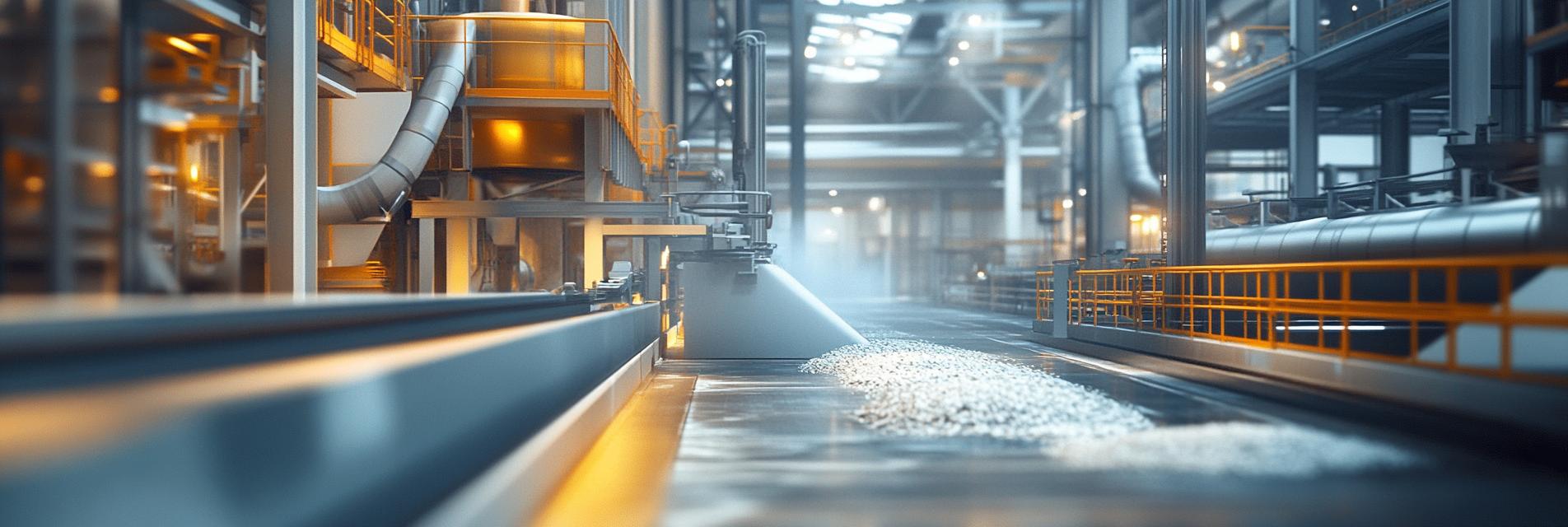As an expert in the construction industry, I have witnessed a significant evolution in building methods over the years. The advent of modular construction technologies, particularly the use of modular steel platforms, is one of the most remarkable advancements that I believe will define the future of architecture. These innovative solutions not only optimize the construction process but also aim to solve many challenges we encounter today.
One of the primary benefits of modular construction is its ability to significantly reduce construction time. By utilizing pre-fabricated steel components, projects can progress at a much faster pace compared to traditional methods. This efficiency not only helps in meeting tight deadlines but also reduces labor costs associated with prolonged construction schedules.
Moreover, the precision involved in the manufacturing of such platforms results in fewer errors on-site. Consequently, this minimizes material waste and ensures that resources are utilized more effectively, aligning with contemporary demands for sustainability.
Sustainability is more than just a trend; it's a necessity in our approach to modern construction. Modular steel platforms inherently support sustainable building practices. The use of recycled materials in steel production and the ability to design energy-efficient structures are pivotal aspects of this method.
Additionally, the modular approach facilitates the construction of buildings that can adapt over time. Structures can be expanded or repurposed without significant reconstruction, thereby prolonging the life cycle of the building and supporting a circular economy.

Another key advantage of modular steel platforms is the remarkable design flexibility they offer. Architects and builders can collaborate more effectively, using modular elements that can be tailored to meet specific client needs. This flexibility is vital for creating spaces that are functional and aesthetically pleasing.
The capability to customize designs allows for innovative architectural expressions without compromising structural integrity. As a result, we are witnessing a new wave of creativity in urban environments, where modular solutions are pushed to their limits.
In conclusion, the future of construction is bright with the implementation of modular steel platforms that address pressing issues of efficiency, sustainability, and design flexibility. As an industry professional, I am excited to see how these innovative solutions will transform our approach to building and profoundly impact the architectural landscape in the years to come.

